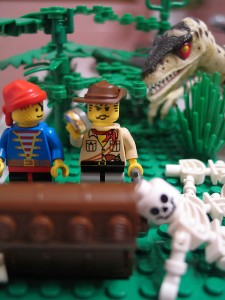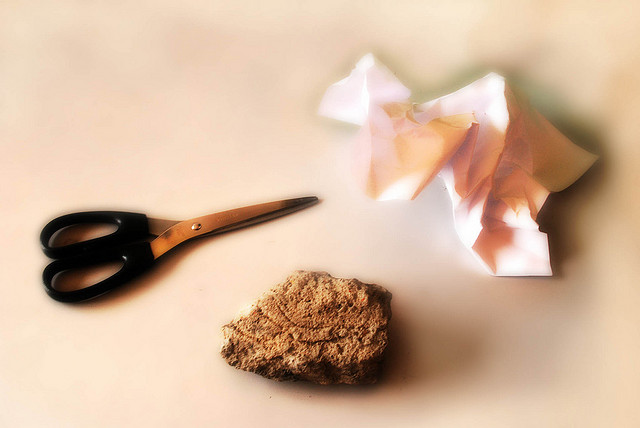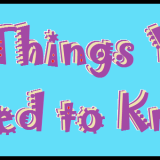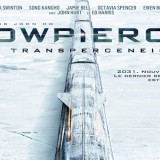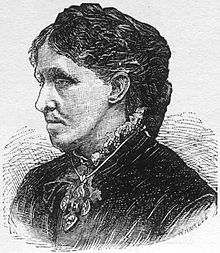The Editing Cycle #13 A Beginner’s Guide to Plot
‘The desire of gold is not for gold. It is for the means of freedom and benefit.’
~Ralph Waldo Emerson
A Desire to Plot
Last week I was talking to a friend about our respective novels and we got on to the topic of plot. What interested me was that she said she didn’t set out writing a novel to write a plot. When I asked her to explain this, she went on to say that her novels were character driven and that plot was something she wasn’t sure how to do and often didn’t consider in the beginning. This was a new concept to me: I have always had a plot before I had the characters. It got me thinking though and I’ve decided to share with you the two basics of plot: desire and conflict.
Character Desire
If you aren’t sure where your plot is going or what your next move should be, then you need to ask yourself, what do your characters desire? At its most basic, plot is an accumulation of these desires and what happens when your characters try to reach them. Take, for instance, the character of Katniss from The Hunger Games. It is Katniss’ desire to defend her sister which moves her to volunteer herself for the Hunger Games and following this, it is her desire to return to her sister again, so that she can keep her safe, which often keeps her moving through the novel. This desire alone cannot make a novel and in fact Katniss experiences other desires as the novel progresses, such as the desire to keep Peeta safe, or the desire to not let the Capital defeat her.
Almost any sub plot in any novel can be tracked back to a character’s desire either to move toward something or away from something else.
Conflict
Character desire never works alone and is often paired with a conflict that interrupts the character’s desire path, forcing them to find ways around the obstacle or to adapt in order to follow a different desire. A character who wants to impress a girl might come up against the obstacle of a boyfriend and he must either out-perform this adversary or in attempting to do so, adapt and find that actually the girl is a shallow and unfriendly person, while the boyfriend is someone he has much in common with and would like to aid and befriend. A character’s desire path can change many times throughout a novel and this is a key part of character growth.
Desire vs Need
As the author, it is important for you to recognise the difference between desire and need. What your character desires is an avenue into the plot of your novel, but what your character needs is often the true path. It may be that your character is selfish and they need to address this side of themselves. Of course, it isn’t just your main character’s needs and desires which control your plot, but those of your villain and sub-characters as well. The conflict between these desires and needs will often get you through a difficult scene and even if you don’t have a clear idea of how to reach your end goal, asking the question ‘what does my character desire at this moment?’ can be a useful tool.
Pen and Paper
For your main character and villain, ask yourself two questions: What do they each desire at this stage in the novel and what is their overall desire? Once you have evaluated these, you may find it useful to compare those desires and see where the conflict lies. A very simple example is where a hero desires to save his planet and a villain desires to destroy it. The conflict here is obvious, but you may find that for your own characters it is more subtle. If there is no conflict in what your hero and villain desire and they are both able to achieve what they want without getting in the others’ way, then you need to ask yourself where the conflict in your novel will come from and consider if this is a working antagonism.
*http://www.flickr.com/photos/parl/3800808/sizes/z/in/photostream/ Image owned by parl at Flickr.
For more from The Editing Cycle click here
